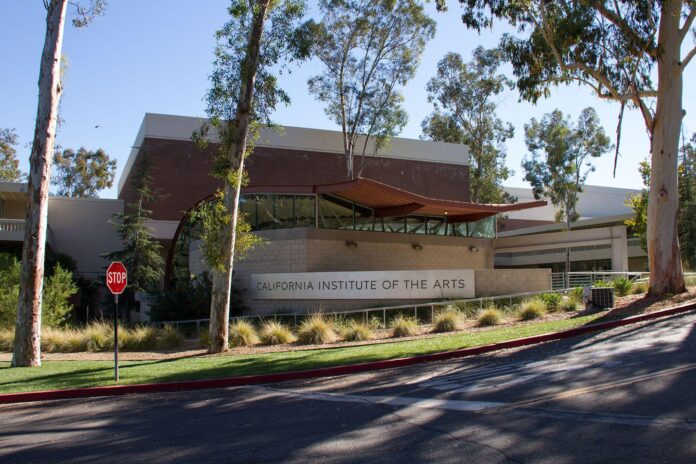For anyone who works in higher education, this has not been a typical summer. We’ve had more news from Washington, DC, impacting our sector in just the past few months than we’d typically see in a full year. The most public, of course, has been the ruling by the Supreme Court of the United States that race can no longer be used as criteria by colleges and universities in making admissions decisions.
While this might seem like a straightforward ruling, it is anything but that, when taking into account the actual processes different types of institutions use for admissions. As president of the Association of Independent Colleges of Art and Design (AICAD), I’ve been asked many times over the past few months what the impact will be on specialised schools of arts and design.
I have many reasons to believe that the impact on arts and design institutions will be minimal and that the institutions in AICAD’s membership will continue to centre the values of diversity, equity, inclusion and justice in their operations.
This Supreme Court decision does not require any institution to change its stated values and mission to educate a diverse student body. Now is the time for institutions to lean into their commitment to diversity, equity, inclusion and justice, not shrink away. The Supreme Court decision eliminates only one tool in our sector’s toolbox, and for most it wasn’t a tool they were using.
The vast majority of AICAD member institutions are not highly selective, or as some say “highly rejective”, institutions. They are admitting 50% or more of those who apply to their institutions. When you are admitting a high percentage of the applicant pool, the diversity of who you enrol is determined by who applies. Thus, recruitment practices that centre diversity and equity are key. Developing relationships with high schools and community organisations that serve a broad diversity of students, particularly those that might otherwise be marginalised in our society due to race, ethnicity or access to resources, is a must. In fact, the guidance issued jointly to all of higher education by the US departments of education and justice specifically highlights the importance and legality of targeted outreach, recruitment and pathways programmes.
Many AICAD institutions have been invested in these kinds of relationships for years and will not stop now. The School of the Art Institute of Chicago operates the College of Arts Access programme, a bridge programme for Chicago Public Schools high school students. The tuition-free programme helps prepare students for art school, including development of their portfolio for the admissions process. The California Institute of the Arts has the Community Arts Partnership programme, which it has operated for decades. The programme offers free after-school and school-based arts programmes for children aged four to 18 in every discipline taught at the institute and covers more than 1,000 square miles of Los Angeles County. Moore College of Art & Design has the Young Artist Workshop and provides scholarships to local Philadelphia students for Saturday and summer learning opportunities. These are but a few of the examples across the AICAD membership.
Portfolio is central to evaluation
For all AICAD institutions, including those that are highly selective, evaluation of the artistic portfolio has always been, and will continue to be, the central component of the admissions process. Portfolio review allows for a more holistic evaluation of prospective students, beyond what many other colleges and universities use in their admissions processes. Investments in training admissions staff and faculty to have cultural competence in reviewing portfolios, providing feedback to interested students at portfolio reviews throughout the recruitment process, and building opportunities for a broad diversity of young artists and designers to develop their work before the admissions process are the keys to success for all arts and design schools and college-level programmes. Again, many institutions are already doing these things, and I expect we’ll continue to see even greater investments in these areas.
Yes, the Supreme Court decision feels like a step backwards in the slow progress that our country has been making towards racial justice. But it should not deter those of us in the creative fields, and such institutions, from continuing to work for a more equitable future.
- Deborah Obalil is the president and executive director of the Association of Independent Colleges of Art and Design

























